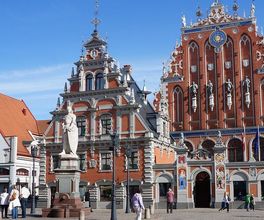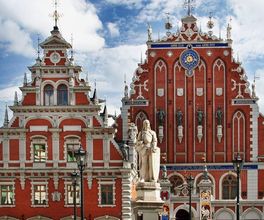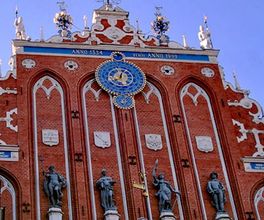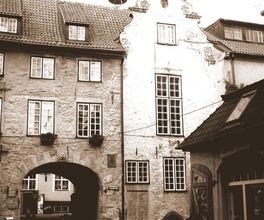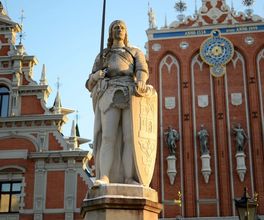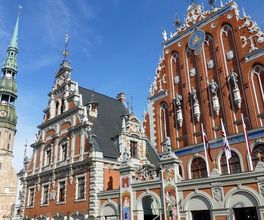

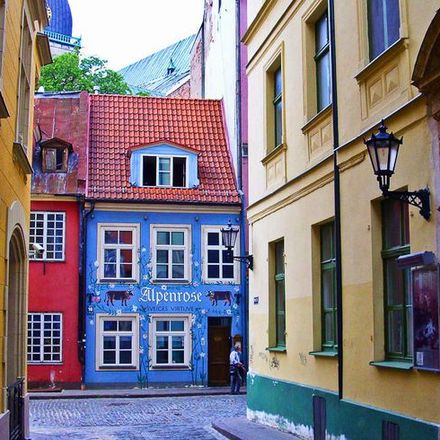


About this experience
Get ready to spend most of the walk with your head held high, as you are about to uncover the secrets of Riga's facades. Learn to interpret their symbolism and hear the stories hidden behind the walls. Follow Riga's historical path and discover its brands. And the main attractions of Riga - the Dome Cathedral, the House of the Blackheads, St. Peter's Church and many others - will serve as a backdrop for the secrets and plots of the past.
What to Expect
Symbolism and mysteries of Riga facades
From the first minutes of the walk, you will understand that if you look closely at the buildings of Riga, they will tell you the most interesting city stories. I will help you 'read' the facades: you will find bricked-up masks of monks, unravel the meaning of medieval outdoor advertising, hear about the romantic executioner, and even determine the political views of the homeowners by looking at the decorative adornments of the houses. And in the lacework of the House of the Blackheads, immerse yourself in the histories of the mysterious medieval trading guild that only accepted bachelors.
Must-see of Old Riga and its brands
On the narrow streets, we will talk about the secrets of Riga balsam and the black cat - the symbol of the city's free trade and entrepreneurship. The route will pass through the picturesque Town Hall Square, past St. Peter's Church with its original spire, and the Dome Cathedral - one of the largest medieval churches in the Baltics. In addition, we will discuss the history and architectural features of the Latvian Peter's Palace, the Livonian Order Castle, the Ekab barracks, and the Powder Tower.
Riga on the stage of world history
Of course, in addition to secrets, mysteries, and intrigues, I will tell you about the historical path of the Latvian capital. You will learn about the times when Riga was among the central cities of the powerful trade union of Russia and Europe - the Hanseatic League. About German, Polish, Swedish, and Russian Riga, and why until the 16th century Russian merchants lived in Riga as citizens, but at the same time many Latvians were prohibited from doing so.
